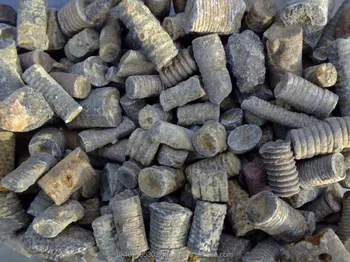Mythikalfairy74
Greenie
I found this on a job site in. It was a power plant in Taylor, Az. During lunch one day in the parking lot (all gravel & Rocks) I originally thought it was a dried up 🥕. Lol. But when I kicked at it, I noticed it was much heavier than a dried carrot would be. So I picked it up. To my amazement, I notice a crystal type mineral through the entire center. This isn't a huge rock. I didn't measure it but if I had to guess, it might be 1/2 inch on one side and 1/4 inch on the other , maybe the crystals/or something clear is maybe 1/2 inch long. I am not great at measurements 😬. I've searched all over online and can't find anything close to it. To even get an idea. Hopefully.














 ? Part of the creature? Where would I be able to get it checked out and maybe aged ( type of place, not specifically? I'm very excited now. Even if it isn't worth a dime I'd be ecstatic
? Part of the creature? Where would I be able to get it checked out and maybe aged ( type of place, not specifically? I'm very excited now. Even if it isn't worth a dime I'd be ecstatic 







